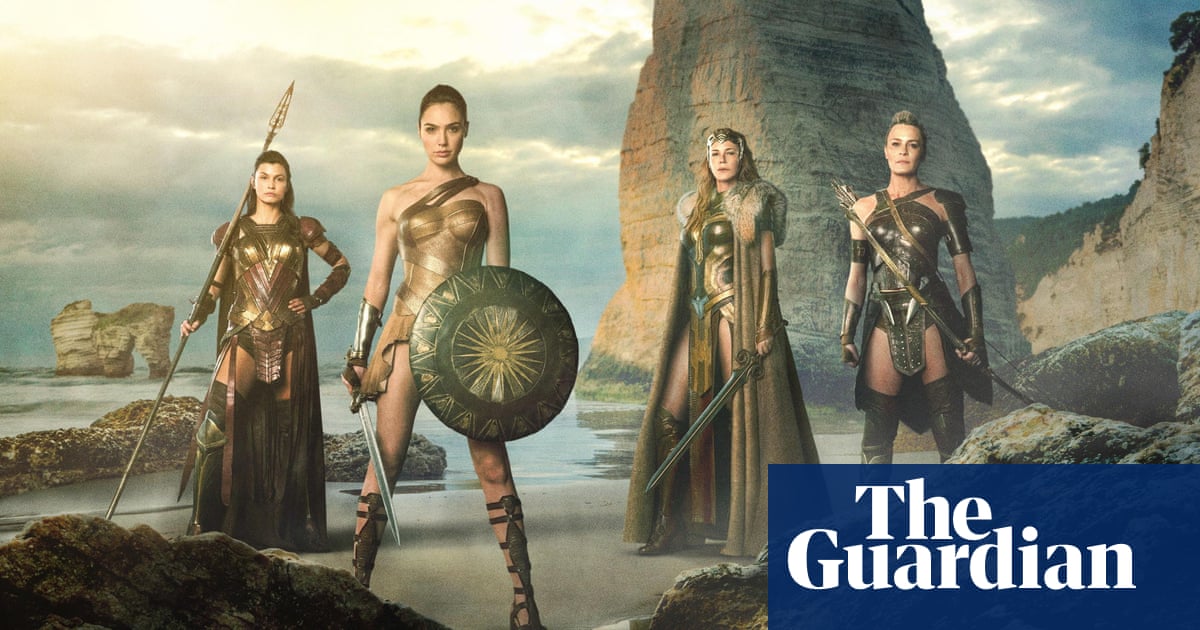
lthough his nickname was Sea Serpent Killer, Richard Owen is best known today as the founder of the Natural History Museum, and as an all-round rival-crushing anti-Darwinian scoundrel. This Victorian scientist didn’t actually sail the oceans massacring monsters, but he did set out to prove such creatures were tall tales told by sailors, collecting reports in an album so he could expose them. It’s in the museum’s new show about natural mysteries, open at a story from The Illustrated Police News – usually full of true crimes – about the latest sea monster sighting. The picture of a colossal serpent with staring eyes menacing a modern ship is a surreal slice of steampunk.
Fantastic Beasts is much more than a celebration of JK Rowling’s film series about magic animal expert Newt Scamander and his cute pets, although Newt does feature heavily, along with recreations of Nifflers and the like. As well as being family fun, the show delightfully reveals some of the oddest things in this museum’s vast collections.
Take the skeleton of a manatee that floats in a shadowy tank, its thick trunk, tiny limbs and cow-like skull seemingly stuck together in a crudely created fake. But this slow-moving sea mammal is real. In 1493, Christopher Columbus saw three manatees swimming in the Caribbean and mistook them for mermaids, noting: “They are not so beautiful as they are painted.”
Another mermaid nearby uses a clawed hand to stroke back the dried hair from her tiny shrivelled face. She’s half-fish, half-Norman Bates’ mother. Of course, this one isn’t real, but rather a 19th-century sideshow attraction made from assorted animal parts. Science, as well as popular culture, took mermaids seriously for a surprisingly long time. Another rare book from the Natural History Museum library is opened at a colour picture of a mermaid, or “siren”, seen by sailors near Borneo. This volume was published in 18th-century France, during the Enlightenment. The mermaid is juxtaposed with an accurate depiction of a crayfish.
Modern science started in the Renaissance, when people believed in all manner of wondrous beasts. This exhibition shows, in an entertaining way, that natural history didn’t evolve by eradicating those marvels – it grew by curiosity. The Renaissance expanded the gallery of monsters by adding classical myths to medieval lore. And the pioneers of science were joyously inclusive of the weird. There’s a sample of dried dragon blood once owned by Hans Sloane, from whose collections the Natural History Museum began.
Dinosaurs are the proof there really are, or have been, fabulous beings. It was Richard Owen who named the Dinosauria in the Victorian era, when fossils started to be understood as the remains of extinct species. This puts his fascination with sea monsters in another light. Science rejected fantasy creatures as it revealed real wonders. The most dream-like object here is the skull of a dinosaur discovered in South Dakota in 2004, covered with unexpectedly elegant and ornate spikes. It’s truly dragon-like. The Harry Potter-addled scientists who found this skull gave it the Latin name Dracorex hogwartsia.
The Fantastic Beasts films may not be brilliant, but Rowling’s imaginary creatures are in a great tradition of marvels prowling around the margins of scientific classification. The oarfish is real yet its lengthy skeleton looks disturbingly fantastical. Equally incredible is a pickled giant squid. Extracted from a whale’s stomach, it comes from the museum’s huge, uncanny collection of specimens in spirit. Giant squids are at the very edge of science: little is known about them.
Flying snakes, expanding fish, shrinking shrews – the real natural histories make the stuff from the films look tame. One display left me genuinely confused between what is Hollywood and what is nature. A bird with dazzling silvery feathers and dangling fascinators looks like a movie creation, and not a very realistic one. In fact, it is a male Lawes’s parotia, or bird of paradise.
Leaving the exhibition, you emerge into a gallery walled with fossil sea reptiles, many found by Mary Anning in Lyme Regis in the early 1800s. Monsters or animals? The first book on them called these Jurassic creatures “sea dragons”. The great museum Owen created, as this enjoyable exhibition reveals, is a cathedral of the imagination as well as facts.












